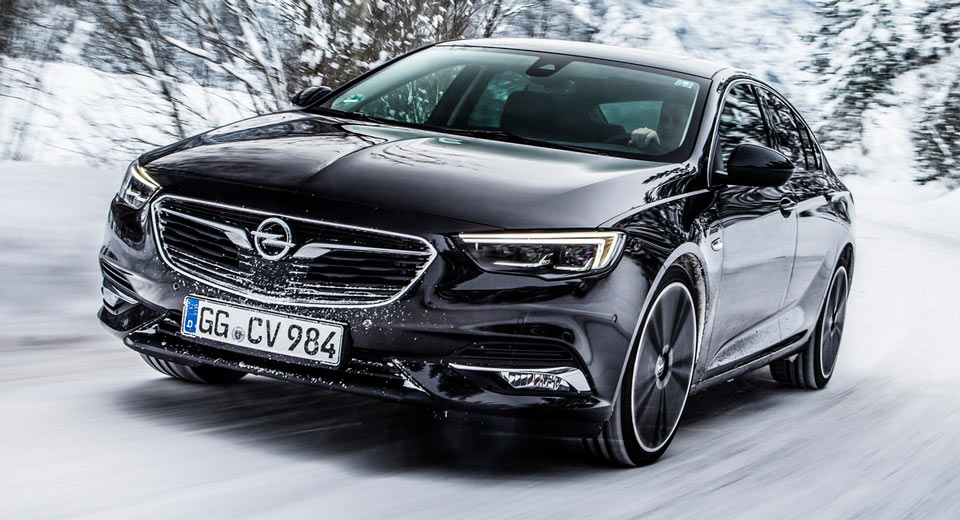Opel/Vauxhall are making sure that those interested in a midsize family car with all-wheel drive will see the latest Insignia Grand Sport as an alternative to the VW Passat or Ford Mondeo.
Unveiled last month, the Insignia can be equipped with a torque vectoring all-wheel drive system, which is said to help the car cope with slippery surfaces much easier.
“The new generation Insignia sets new benchmarks for midsize automobiles. Torque vectoring represents the state-of-the-art in transmitting power to the road. The new Insignia with torque vectoring all-wheel drive matches the best in the industry when it comes to ‘fun-to-drive’“, said Opel’s Vehicle Engineering Europe Vice President, William F. Bertagni.
The Insignia’s AWD system uses a rear-drive module, with a twin-clutch system that lacks a differential. In this form, the torque can be applied to either one or both of the rear wheels independently, improving its cornering abilities by sending higher torque levels to the outside rear wheel, inducing rotation around the vertical axis. Torque vectoring works by controlling the distribution of torque depending on changes of the road surface, steering angle and throttle position, and its usage is known as ‘yaw damping’.
For now, the two GM-owned brands are keeping powertrain details for the AWD Insignia Grand Sport a secret, but we should find out more about it when it hits the market latter this year.



















